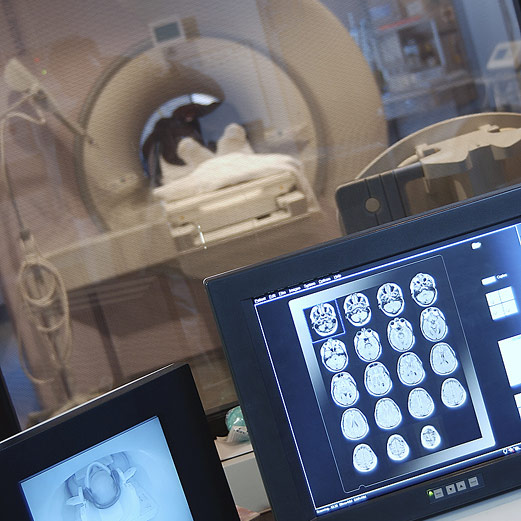
WEDNESDAY, Nov. 13 (HealthDay News) — U.S. taxpayers help fund many of the trials testing heart disease treatments, but the results of those studies often take years to be published, a new government study finds.
The study of trials funded by the U.S. National Heart, Lung, and Blood Institute found that well over one-third — 43 percent — took longer than 30 months to get published after the research ended.
The institute is a major sponsor of U.S. research into drugs, devices and lifestyle measures to treat and prevent heart disease. The sooner a study is published, the sooner doctors will learn about the effects of the treatment — and, presumably, the sooner patients will benefit.
When it comes to taxpayer-funded studies, “the public has a right to expect that those results will be published, and be published quickly,” said Dr. Michael Lauer, director of the institute’s division of cardiovascular sciences.
That is not what’s happening, however, Lauer and his colleagues report in the Nov. 14 issue of the New England Journal of Medicine.
The researchers found that of 244 institute-funded trials completed between 2000 and 2011, just 64 percent had been published as of March 2012.
The process was much speedier for large clinical trials that looked at “clinical events.” Those are the longer-term, expensive studies that see, for instance, whether a drug prevents heart attacks, or a surgery prolongs people’s lives.
Those trials were typically published nine months after completion, Lauer’s team found.
That was in sharp contrast to trials that looked at “surrogate” results. Those types of studies are smaller and focus on shorter-term effects of a treatment — such as whether a drug lowers blood pressure, or a diet change cuts people’s cholesterol levels.
Typically, the results of those studies took 31 months to get into a medical journal.
Lauer said it’s not surprising that the big trials were published faster. “Those studies are the most interesting,” he said. “The journals find them more interesting, and think they’ll be more important to the public.”
What was surprising, Lauer stressed, was the “magnitude of the difference” between those trials and the smaller ones focused on surrogate results — with the former getting into print around two years sooner.
Yet those important trials accounted for only a small percentage of the studies the institute funded. Of the 244 trials in this study, just 45 focused on clinical events.
One expert said the findings are cause for concern.
“I think we need a change in funders’ priorities,” said Dr. Philip Devereaux, of McMaster University in Hamilton, Canada. “The funding bodies want to support a lot of researchers, but we need more focus on the trials looking at clinical endpoints.”
Large trials looking at the important, long-term effects of treatment generate more reliable results, said Devereaux, who wrote an editorial published with the study.
In contrast, he said, the smaller trials often suggest short-term benefits, such as lower blood pressure, that ultimately make little or no difference in heart patients’ treatment. “So often, these things don’t pan out,” Devereaux said.
Diverting more funds to bigger trials would mean that fewer studies will get done, he acknowledged. “But the results would be more reliable,” he added.
Lauer agreed, and said the National Heart, Lung, and Blood Institute is looking at how it prioritizes funding. “We need to redirect our funds toward trials that are more likely to produce important results,” he said.
There are, however, many other reasons that trials are often slow to reach medical journals, Lauer and Devereaux pointed out.
The journals and the “peer review” process to choose studies can be at fault. And researchers may hinder themselves by unrealistically aiming for publication in one of the top medical journals, Lauer noted.
Plus, there are just not enough large trials being done, Devereaux said.
Not surprisingly, small studies are easier to run than large ones, which are generally done at multiple medical centers across the country — or more than one country.
Devereaux said that easing up on the “enormous bureaucracy” involved in large trials could encourage more of them, and get them done with more efficiency and less cost. “We have endless regulations,” he said, “and many of them are of questionable benefit.”
Smaller trials are still important, Devereaux said, but they are not always necessary. If a particularly promising treatment has proven safe in initial studies, it could move right into a larger, more definitive trial, he said.
Lauer said that as far as the heart, lung and blood institute’s role, “our main leverage is in funding.” But, he added, the agency can also act as a “think tank” to bring together the different groups involved in running and publishing clinical trials.
“There are a lot of players in this who can come together to talk,” Lauer said. “We have a problem, but there’s no one party to blame.”
More information
The U.S. National Heart, Lung, and Blood Institute explains how clinical trials work.
Copyright © 2025 HealthDay. All rights reserved.

